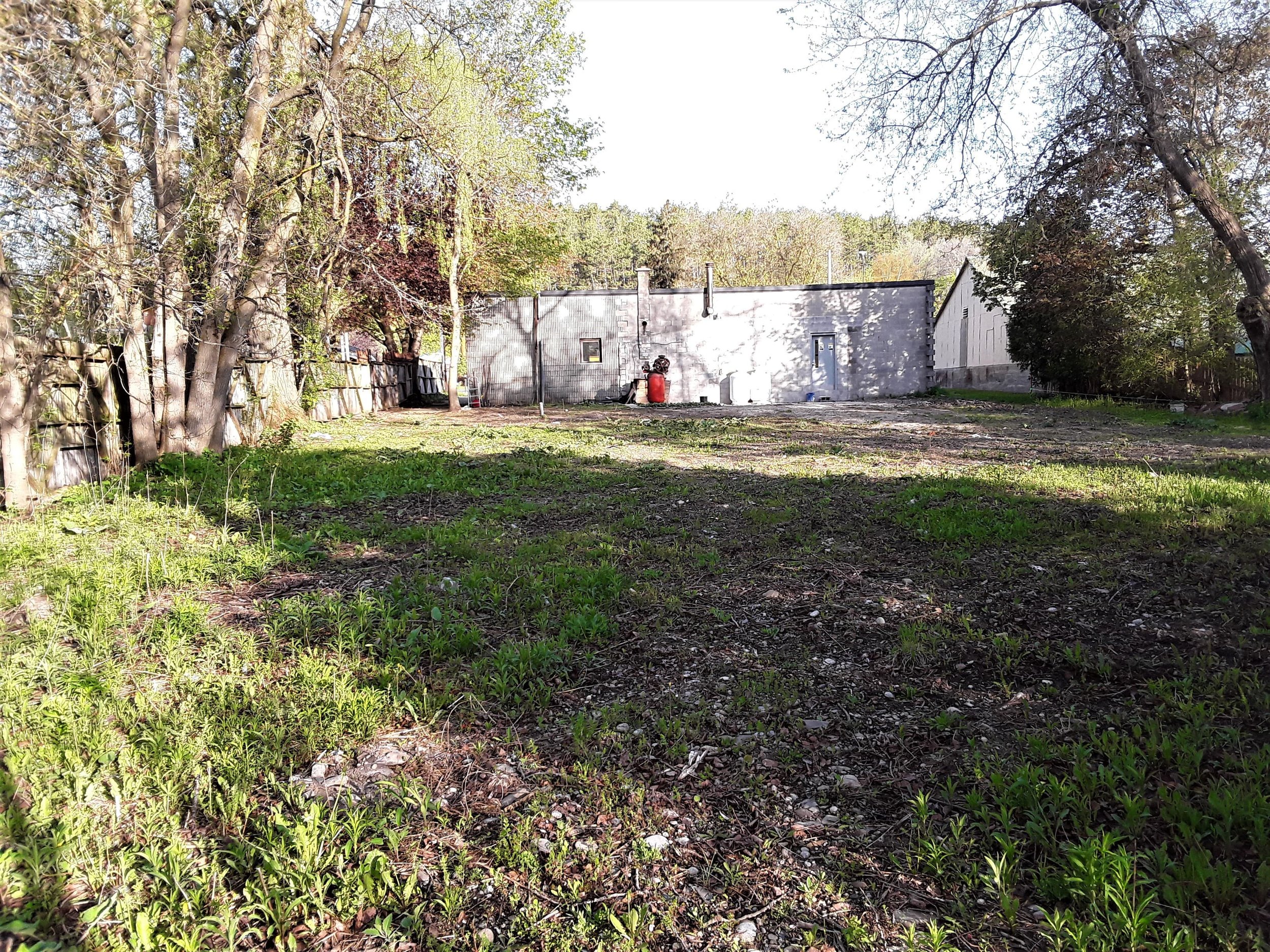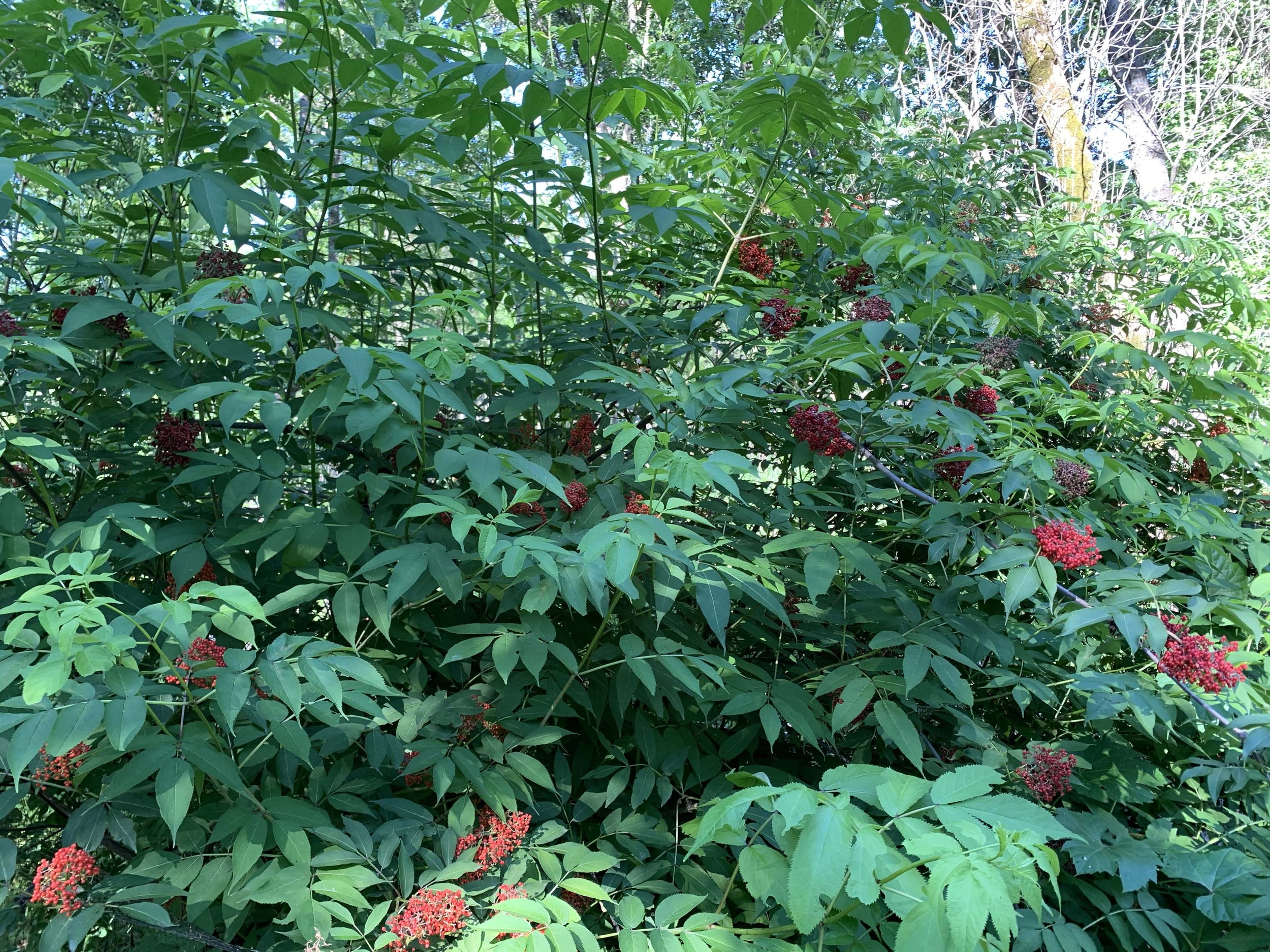
A show about relationships with the land
There are many ways to listen to the show: Listen live on CFRU 93.3 fm broadcasting from the University of Guelph Mondays at 6pm EST or listen to the podcast via Spotify, Apple, or just follow the rss feed.

Ep. 219 : Discussing Mulberries with Matt Soltys
Mulberries are a well known and popular wild urban edible that a lot of foragers come to know early in the development of the craft. They are easily identifiable, taste great, and prolific in urban and peri-urban environments which means lots of people can get to know them. Not only are there an abundant of Mulberry trees out there, each fruit producing tree makes buckets of fruit that litter the sidewalks for a month if the birds, squirrels, Raccoons and humans don’t get at them first. And while Mulberries don’t seem like a political focal point in the world of conservation, I am learning that they can be as well.

Ep. 217 : Controversial Considerations of Non-Native Plant Communities
The car broke down on our way to visit my mum. My brother and I got out of the car, and while he researched how to change the alternator, I went behind the vacant garage where we parked the inoperable vehicle. When I explored to the far back of the lot I was grateful to find a small wetland, thriving with tons of species. Trees, tall and low shrubs, and understory thick with both native and non-native, aggressive opportunistic plants vying for life. I was totally impressed and appreciated this wild oasis in the midst of an annoying happenstance.

Ep. 181 : Buckthorn Phenology and Possible Management Strategies with Mike J. Schuster
I have seen and been part of a lot of Buckthorn (Rhamnus cathartica) removal efforts, and while initially hopeful, often there is a inevitable return of the non-native to once again take over the forest understory in short time. What if there were strategies, without herbicides or biocontrols to reduce or prevent the likeliness of Buckthorn’s recolonization?
Mike J. Schuster from the Department of Forest Resources at the University of Minnesota recently co-authored a paper looking into native phenological competitors to Buckthorn which can be planted after Buckthorn removal to help keep R. cathartica out. Luckily for me, one of the suggestions was a (fairly simple) practice I have been learning about and working on for the past 5 years! Plant more Elderberry! Sambucus canadensis and perhaps even more so S. racemosa can help block out the light essential to early Buckthorn growth. By planting these two shrubs , who have similar phenological timelines to the Buckthorn, we can help restore native biodiversity in forests experiencing Buckthorn invasions.

Ep. 140 : (Re-)Considering Buckthorn
Rhamnus cathartica, or Common Buckthorn, is a non-native species that many love to hate. But what if we try to look at the species as a whole, trying to understand a little better, trying to learn a bit more about the relationships which are built around Buckthorn?

Other platforms where you can listen to the show :
As well as : Breaker : Overcast : Pocket casts : RadioPublic



